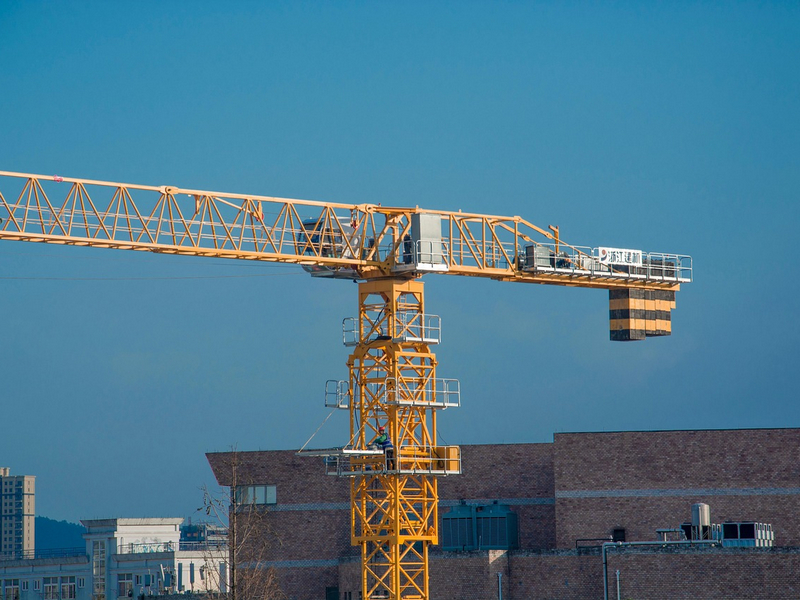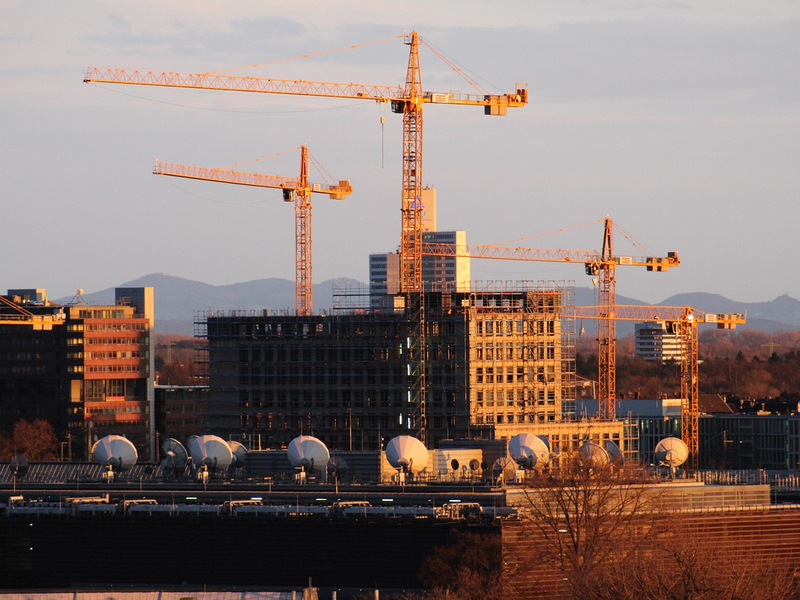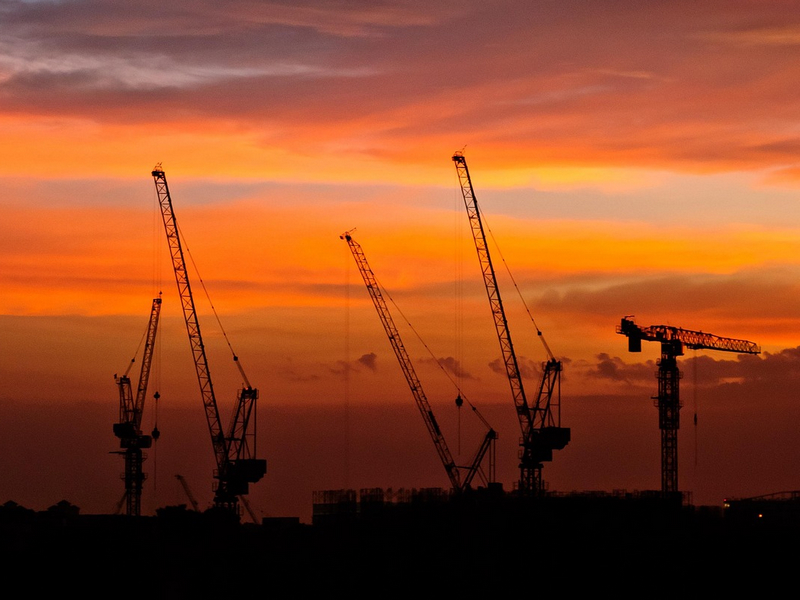As the temperature continues to rise,
rainfall is frequent, and coastal areas have entered the typhoon prone period,
tower machines face more severe use and maintenance challenges in summer. In
order to ensure stable equipment operation, safety and control, now on the high
temperature, high humidity and extreme weather conditions of the tower
maintenance points are organized as follows, for the reference of relevant
practitioners.

First, lubrication management under high
temperature environment
· Slewing bearing, gear and bearing
lubrication: high temperature in summer is easy to lead to grease drying,
failure, need to focus on checking the slewing bearing, transmission gears,
various types of bearings and pulley block lubrication points, timely
replenishment of high-temperature working conditions suitable for the
lubricating grease, and ensure uniform lubrication through repeated rotation.
· Reducer and lubrication system of each
organization: regularly check the oil level of reducer and hydraulic propeller.
If the oil level is found to be lower than the lower limit, or there are
problems such as oil seepage or aging of seals, it should be handled
immediately to prevent the gears from wearing out or the mechanism from
stalling due to insufficient lubrication.
· Wire rope maintenance: wire rope needs to
be regularly cleaned and evenly coated with grease to avoid rusting, loose
strands or broken strands due to prolonged drying, especially in the conditions
of alternating high temperatures and rainy and humid conditions should be
emphasized.

Inspection of components in rainy season
and humid environment
· Drainage and stability of tower crane
foundation: heavy rainfall may cause water or soil loss in the foundation, it
should be ensured that the drainage around the foundation of the tower crane is
smooth, the foundation is stable and there is no sign of cracking and sinking,
and it is strictly prohibited that the foundation is in a state of waterlogging
for a long period of time.
· Safety of cab and platform: close the cab
doors and windows before and after rainy days to avoid water ingress; remove
the water on the platform and platform in time after rainstorms, and clean the
glass and stepping area to prevent slippery and obstructed vision.
· Anti-corrosion treatment of structural
parts: Regularly check the structural parts to see if there is any rainwater
infiltration or paint peeling. The primer or rusted area should be removed and
repainted in time to ensure the overall protection performance.
· Hydraulic system check: after jacking
operation, the hydraulic cylinder should be recovered to the protection state;
if due to special circumstances need to extend for a long time, it should be
exposed cylinder rods applied grease to prevent rust affecting the system
sealing and precision of the action.
· Electrical system sealing and grounding:
the electronic control cabinet should ensure that the door locks, hinges
intact, complete sealing tape. Check sensors, limiters and other electrical
components connected to the port of the waterproof performance, and a
comprehensive investigation of the cable insulation layer is aging, broken, to
ensure that the equipment overall grounding is reliable.

Third, the key measures before the typhoon
· Release the slewing mechanism: the tower
crane should be released from the slewing brake in the state of shutdown, so
that the upper structure can be free to slew with the wind. Equipped with wind
standard brake equipment should open the wind standard in advance to avoid
uneven stress on the structure during the typhoon.
· Removal of appurtenances: Appurtenances
such as billboards and light boxes on the tower crane that are easily blown
down by the wind should be removed before the typhoon to clear the potential
fall risk.
· Clear operation interference hazards:
Verify the spacing between the rotating range of the tower and the neighboring
buildings and equipment to ensure that there is no risk of interference or
collision. The minimum safety distance between towers should be assessed under
multi-tower operation conditions, and interference and overlap should be
strictly prohibited.
· Check all connecting fasteners: check
whether the pre-tensioning force of the ground bolts and standard section bolts
is in accordance with the specification; ensure that all pins, standing pins
and cotter pins are complete and effective, and shall not be loose, missing or
replaced by non-standard parts.
Summer is the high incidence of tower crane operation accidents. Strengthening the daily inspection and implementing the maintenance and management of key parts are the basic measures to guarantee the stable operation of equipment and safety of operators. It is recommended that the staff make personalized maintenance plan according to the local weather conditions, and pre-judge the risks in advance, so as to “prevent in advance, check in the early, control in detail”.